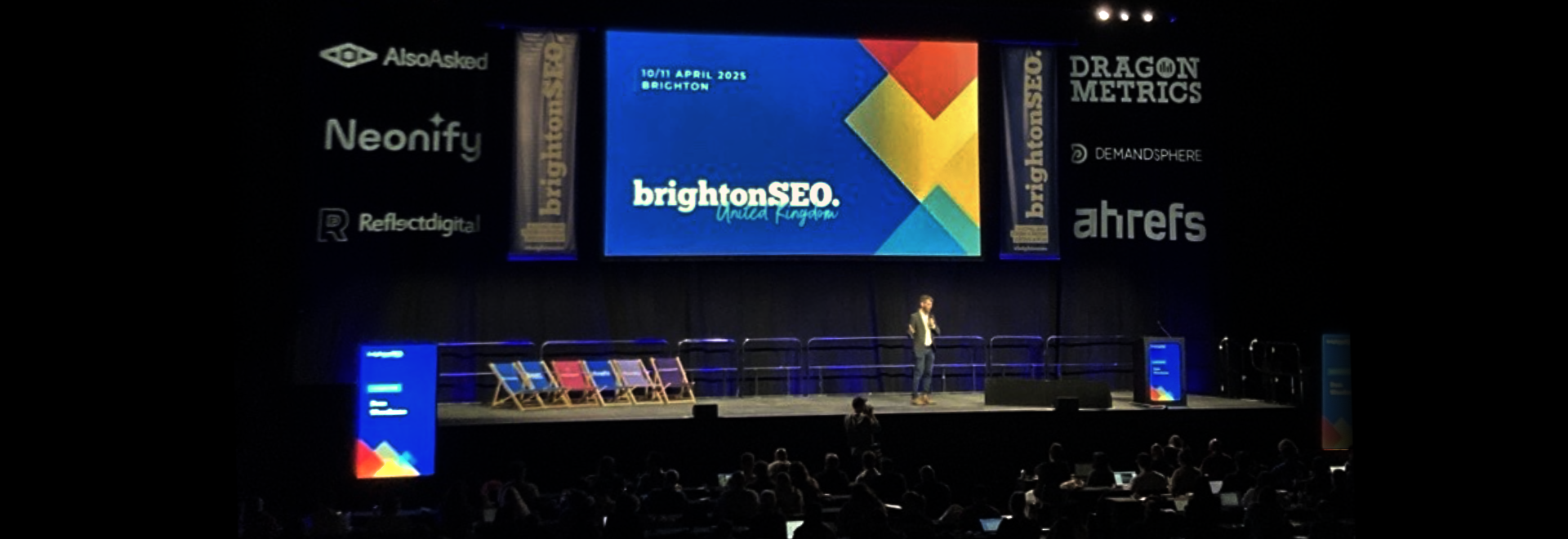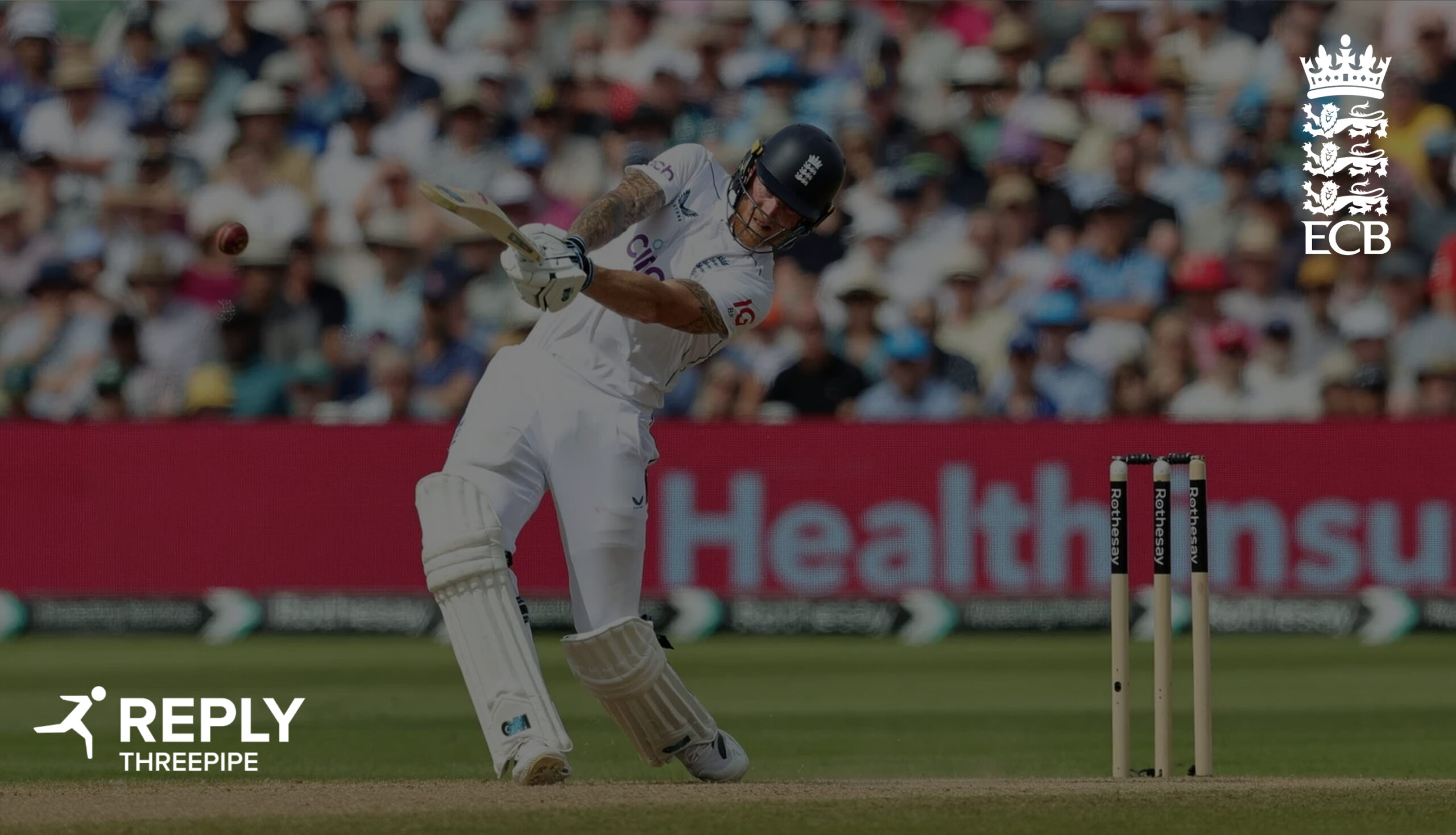In the evolving world of digital marketing, paid media has long been a cornerstone of advertising strategies, offering brands unparalleled opportunities to reach and engage with their target audience at an advanced level of sophistication and through multiple data sources. As we look ahead to the future, the landscape of paid media is poised for transformation, with 3rd party data becoming harder to use, but growth from innovation in new technologies, changing consumer behaviours, and evolving industry trends. In this article, we’ll explore the future of paid media and how brands can navigate the shifting landscape to maximise their paid media strategy.
1. The Era of Data-Driven Advertising
Navigating data privacy regulations has become paramount to data-driven advertising. Direct data sources from platforms are increasingly challenging to use due to stringent privacy laws, necessitating a shift in audience targeting strategy . Advertisers are now tasked with reaching audiences through broader targeting groups rather than relying solely on precise audience segmentation as we may have done a few years ago, remember when you could target a specific set of people who had opened an email! To adapt to these changes and make sure you’re not left behind, it’s crucial to implement recommended tools and techniques such as Enhanced Conversions, Consent Mode, and Conversions API. Additionally maximising the use of first-party data is essential for maintaining effective targeting capabilities amidst regulatory constraints. As advertising platforms tighten which data they are allowed to share and use, brands must ensure their strategies are agile and compliant while still delivering personalised messaging to the most relevant audiences.
2. Embracing Omnichannel Strategies
The success of paid media campaigns in the current landscape hinges on their adept integration across multiple channels and touchpoints spanning the entire customer journey. Beyond conventional platforms like social media and search advertising, brands must now extend their reach to include formats such as, Out-of-Home (OOH), and Video on Demand (VOD). Incorporating these formats is essential for increasing brand awareness and market share in today’s competitive advertising landscape. Whilst embracing these diverse channels, businesses must uphold omnichannel strategies that ensure consistent and cohesive messaging throughout the consumer journey. By meeting consumers wherever they may be and delivering pertinent messages at each touchpoint, brands can optimise the efficacy of their paid media strategy, driving engagement and generating the desired results.
3. The Rise of Interactive and Immersive Ads
As consumer attention spans continue to shrink, advertisers will need to find innovative ways to capture and retain audience attention. Interactive and immersive ads, including augmented reality (AR), virtual reality (VR), and interactive video, will emerge as powerful tools for engaging audiences and driving brand awareness. By offering immersive experiences that allow consumers to interact with brands in meaningful ways, businesses can create memorable moments that resonate long after the ad is over.
4. Harnessing the Power of AI and Automation
Artificial intelligence (AI) and automation are poised to become even more pivotal in shaping the future of paid media strategies. These technologies offer marketers unprecedented opportunities to streamline campaign management, refine targeting capabilities, and ultimately, enhance ROI. Notably, major players in the media landscape, such as Google and Meta, have expanded their products to include AI techniques. Google’s Demand Gen campaigns represent a significant step forward in automated campaign types across various formats and placements, while Meta continues to evolve its Advantage Plus offering, focusing on engaged user pools. These automated solutions present attractive options for brands, as they encompass full-funnel campaign types, steering advertisers away from strictly bottom-of-the-funnel approaches. However, a potential challenge is that some platforms may encourage marketers to allocate spend towards singular campaign types, potentially limiting creative thinking and strategic decision-making. Amidst the allure of AI and automation, it remains critical for marketers to maintain oversight, ensuring that machine-driven outcomes align with broader business objectives. While automation can streamline campaign setup and execution, it should complement, rather than replace, the nuanced insights and strategic acumen of human marketers.
5. Measurement Frameworks
Measurement in paid media is also undergoing a profound transformation, necessitating a shift in how advertisers collect data to understand campaign effectiveness. Advertisers can no longer rely on singular data sources for proof of performance but must instead glean insights from the platforms direct for real-time indications of success. Additionally, conducting uplift studies to discern which campaigns or audience segments drive incremental conversions or influence search uplift has become imperative. This nonlinear understanding challenges marketers to break free from linear thinking and embrace the complexities inherent in modern advertising. Furthermore, media mix modelling continues to emerge as a crucial tool for comprehensively understanding the contributions of various channels to overall brand success. In essence, the changing data landscape compels advertisers to adopt a multifaceted approach to measurement, moving beyond simplistic metrics and embracing sophisticated methodologies to navigate the intricacies of paid media performance in the digital age.
The Outlook
As we look ahead to the future of paid media, it’s evident that a transformative journey lies ahead. Both brands and marketers will be tasked with embracing unprecedented changes and innovations within the landscape. This entails adapting to new methods of reporting and interpreting data, understanding evolving measurement techniques, and ensuring compliance with stringent data privacy regulations. While navigating this potentially challenging road, it’s imperative for businesses to maintain a steadfast commitment to innovation. Embracing change requires a delicate balance: leveraging the insights offered by data-driven strategies, crafting omnichannel approaches, exploring interactive and immersive ad formats, prioritising privacy and transparency, and harnessing the power of AI and automation. Marketers must remain vigilant, continuously assessing outcomes and adjusting strategies to align with overarching business objectives. By embracing change while retaining a critical eye, businesses can navigate the evolving landscape of paid media and pave the way for success in the digital age.
Author: Hannah Crouch
Published: May 9, 2024


































